What Does Digital Zoom Mean On A Camera ?
Digital zoom on a camera refers to the process of enlarging an image by cropping and magnifying a portion of the original image. Unlike optical zoom, which uses the camera's lens to physically zoom in on a subject, digital zoom uses software to enlarge the image. This means that the quality of the image may be reduced as the software tries to fill in the gaps and interpolate the missing pixels. Digital zoom is often used as a marketing tool to advertise a camera's zoom capabilities, but it is generally considered inferior to optical zoom. It is recommended to use optical zoom whenever possible and avoid using digital zoom unless absolutely necessary.
1、 Optical zoom vs digital zoom
Digital zoom on a camera refers to the process of enlarging an image by cropping and scaling the original image. This is done by using software to interpolate the pixels in the image, resulting in a loss of image quality and resolution. Essentially, digital zoom is a way to zoom in on an image without physically moving closer to the subject.
On the other hand, optical zoom refers to the physical movement of the camera lens to zoom in on a subject. This results in a higher quality image as there is no loss of resolution or image quality. Optical zoom is generally preferred over digital zoom as it produces better quality images.
In recent years, there has been a shift towards larger image sensors in cameras, which has resulted in improved image quality and reduced the need for digital zoom. Additionally, some cameras now offer a hybrid zoom feature which combines optical and digital zoom to produce higher quality images at higher zoom levels.
Overall, while digital zoom can be useful in certain situations, it is generally recommended to use optical zoom whenever possible to ensure the highest quality images.
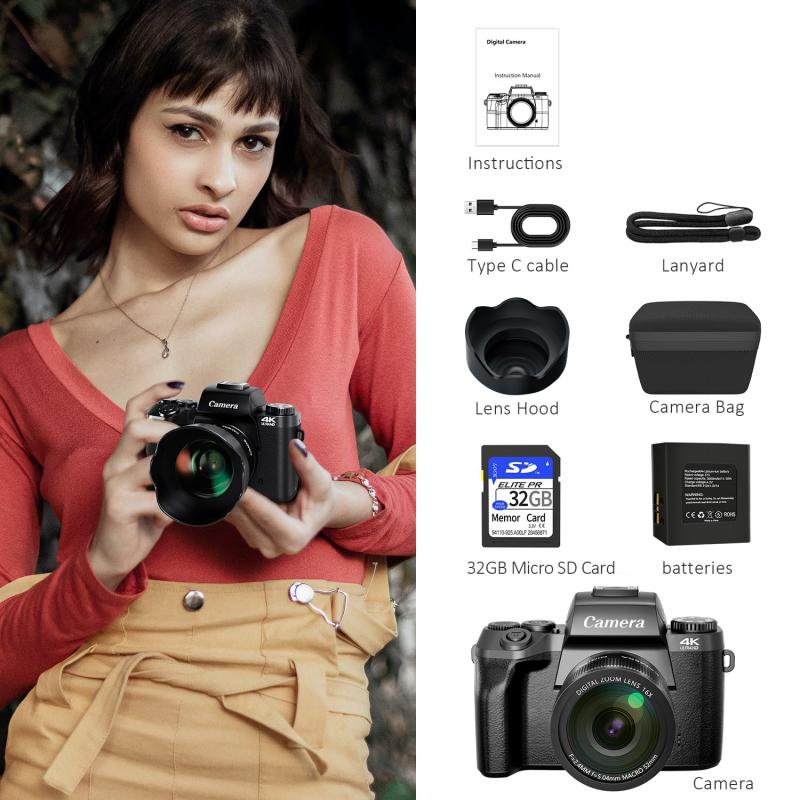
2、 How digital zoom works
Digital zoom on a camera refers to the process of enlarging an image by cropping and scaling the original image. Unlike optical zoom, which uses the camera's lens to magnify the image, digital zoom uses software to enlarge the image. This means that digital zoom can result in a loss of image quality, as the software is essentially stretching the pixels to make the image appear larger.
How digital zoom works is by taking a portion of the image and enlarging it to fill the frame. This can be done either by cropping the image and then enlarging the remaining portion, or by using interpolation to add pixels to the image. Interpolation involves using algorithms to estimate what the missing pixels would look like based on the surrounding pixels.
While digital zoom can be useful in certain situations, such as when you can't physically get closer to your subject, it's important to note that it can result in a loss of image quality. This is because the software is essentially creating new pixels, which can lead to a loss of detail and sharpness in the image.
In recent years, some camera manufacturers have introduced new technologies to improve the quality of digital zoom. For example, some cameras now use artificial intelligence to enhance the image quality when using digital zoom. However, it's still generally recommended to use optical zoom whenever possible to ensure the best possible image quality.
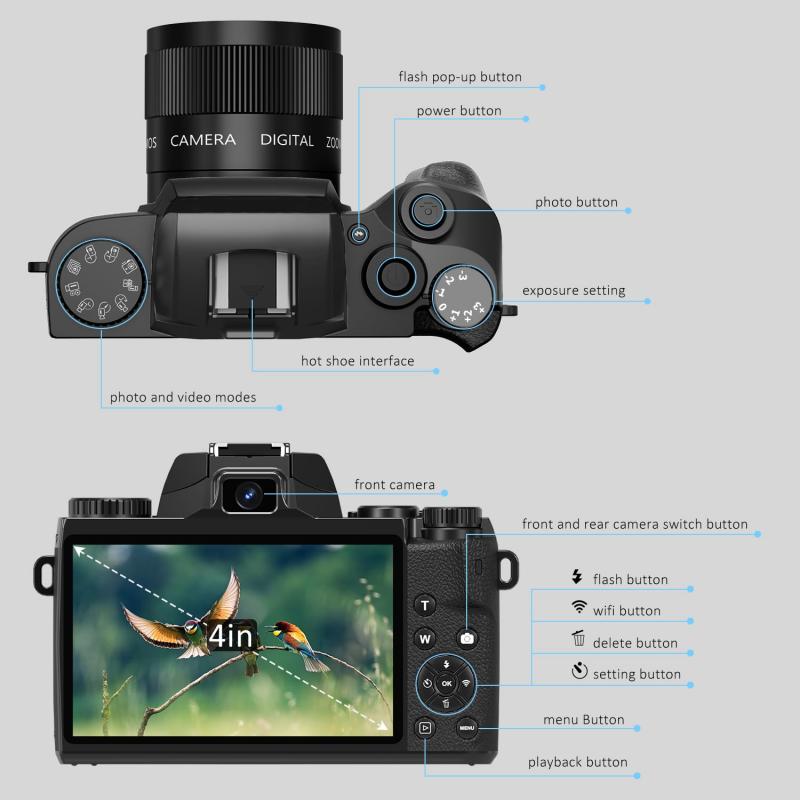
3、 Advantages and disadvantages of digital zoom
What does digital zoom mean on a camera?
Digital zoom is a feature found on most digital cameras that allows users to zoom in on a subject without physically moving closer. Unlike optical zoom, which uses the camera's lens to magnify the image, digital zoom enlarges the image by cropping and enlarging the pixels in the image. This results in a loss of image quality and resolution, as the camera is essentially just enlarging a portion of the image.
Advantages and disadvantages of digital zoom:
Advantages:
1. Convenience: Digital zoom is a convenient feature that allows users to zoom in on a subject without physically moving closer.
2. Cost-effective: Digital zoom is a cost-effective alternative to optical zoom, as it does not require expensive lenses.
3. Compactness: Digital zoom allows cameras to be more compact and lightweight, as they do not require large lenses.
Disadvantages:
1. Loss of image quality: Digital zoom results in a loss of image quality and resolution, as the camera is essentially just enlarging a portion of the image.
2. Limited zoom range: Digital zoom is limited by the camera's resolution, and can only zoom in so far before the image becomes too pixelated.
3. Not suitable for professional use: Digital zoom is not suitable for professional use, as it results in a loss of image quality and resolution.
Latest point of view:
While digital zoom was once considered a useful feature on digital cameras, advancements in technology have made it less necessary. Many modern cameras now feature high-quality optical zoom lenses that can zoom in on a subject without sacrificing image quality. Additionally, advancements in image processing software have made it possible to crop and enlarge images without losing quality, making digital zoom less necessary. As a result, many professional photographers now avoid using digital zoom altogether, opting instead for high-quality optical zoom lenses or cropping and enlarging images in post-processing.
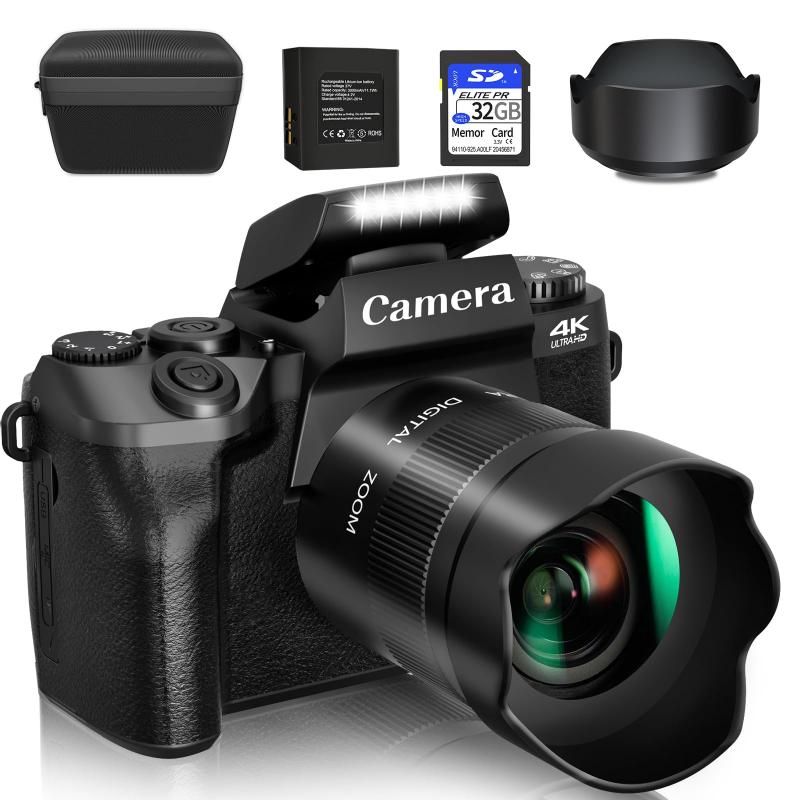
4、 Image quality with digital zoom
Digital zoom on a camera refers to the process of enlarging an image by cropping and magnifying the pixels in the image. Unlike optical zoom, which uses the camera's lens to physically zoom in on the subject, digital zoom is a software-based process that enlarges the image digitally. This means that the camera is essentially taking a smaller portion of the image and blowing it up to fill the frame, resulting in a loss of image quality.
The latest point of view on digital zoom is that it is not ideal for capturing high-quality images. While it can be useful in certain situations where optical zoom is not available, such as when shooting from a distance, it should be used sparingly. The reason for this is that digital zoom can result in a loss of detail and clarity in the image, as the software is essentially guessing at what the missing pixels should look like.
In general, it is recommended to use optical zoom whenever possible, as this will result in a higher-quality image. If optical zoom is not available, it is better to move closer to the subject or crop the image in post-processing rather than relying on digital zoom. Ultimately, the best way to ensure high-quality images is to invest in a camera with a high-quality lens and optical zoom capabilities.





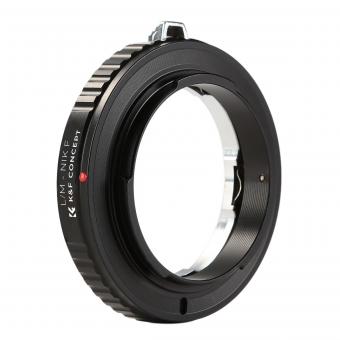







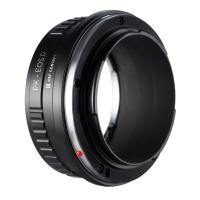




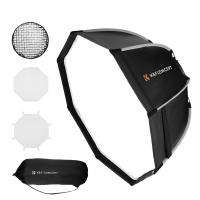

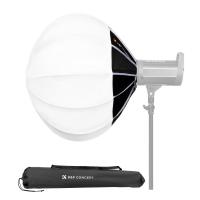


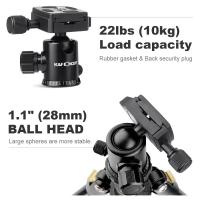

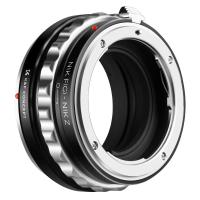

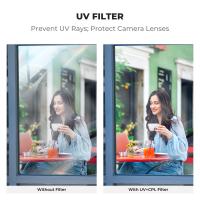
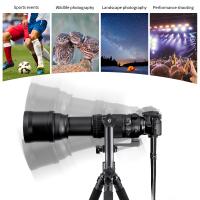



There are no comments for this blog.